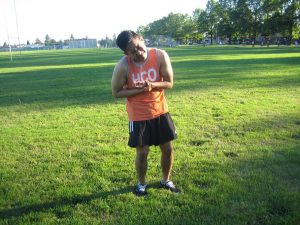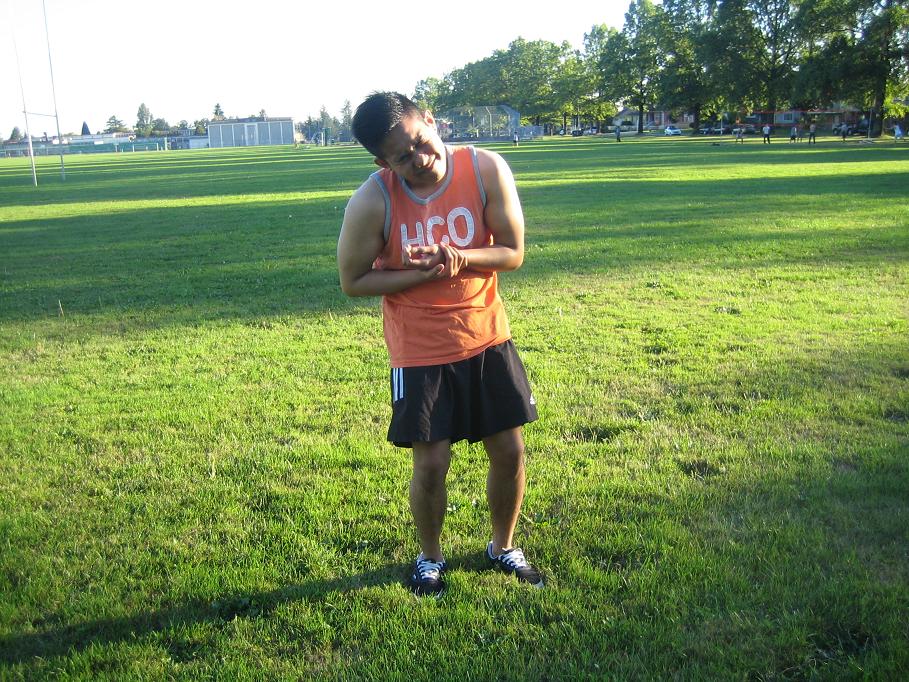The muscles responsible for bending the fingers are the flexor muscles. These muscles are responsible for moving the fingers with the help of tendons that link muscles to bone. In the fingers, the tendons go through passageways that keep them positioned closely to the bones so that they function better.
Possible causes and indications
Sustaining deep cuts might damage the tendons and neighboring nerves and blood vessels. In case an injury appears simple on the outside, it might be more complex on the inside.
Once a flexor tendon is cut, the individual could no longer bend the finger.
Management

A flexor tendon that is cut could not heal without surgery. The adjacent nerves and blood vessels should also be fixed as well. After the surgery, the affected area must be allowed to move to minimize rigidity but the restoration requires protection.
In most instances, exercise is performed by moving the fingers using the other hand but the individual is not allowed to flex the finger on his/her own for about a month. A splint should be used for at least a month after surgery. Working with a hand therapist is recommended and the exercises vary from one individual to another.
Outcome
Scarring is expected as the tendon heals and many do no regain normal movement. In some instances, if movement is still limited than expected after months of exercise, the doctor might recommend surgery that involves releasing the scar tissue around the tendon.
Quick Note / Disclaimer
The material posted on this page on flexor tendon injuries is for learning and educational purposes only. To learn to recognize and manage tendon injuries including flexor tendon injuries, register for a first aid and CPR course with Ottawa First Aid.

